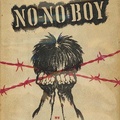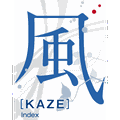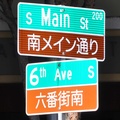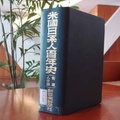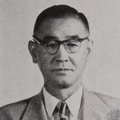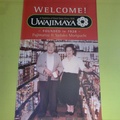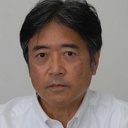
Ryusuke Kawai
@ryusukekawaiJournalist and non-fiction writer. Born in Kanagawa Prefecture. Graduated from the Faculty of Law at Keio University, he worked as a reporter for the Mainichi Shimbun before going independent. His books include "Yamato Colony: The Men Who Left Japan in Florida" (Shunpousha). He translated the monumental work of Japanese American literature, "No-No Boy" (Shunpousha). The English version of "Yamato Colony," won the 2021 Harry T. and Harriette V. Moore Award for the best book on ethnic groups or social issues from the Florida Historical Society.
(Updated November 2021)
Stories from This Author
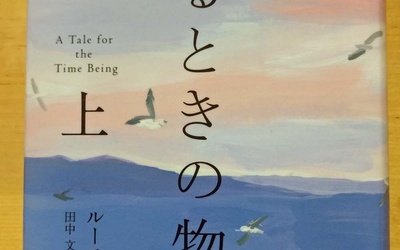
Part 6: From the preface of the new edition
April 8, 2016 • Ryusuke Kawai
The new edition of "No-No Boy," published in the United States two years ago, includes a new preface that has never been seen before. The original 1957 edition was just the story, and when it was republished in 1976, a preface and afterword summarizing the story's background were added, and the new edition also includes a preface made specifically for the new edition. With so many different things added at the beginning and end, rather than all being put together …

The 5th edition was published in the United States two years ago.
March 25, 2016 • Ryusuke Kawai
The protagonist's suffering depicted on the cover "No-No Boy," which drew no attention when it was first published, was republished in 1976. Since then, it has been read by many people, and the publisher, University of Washington Press, has published 13 editions and a total of more than 100,000 copies. During this time, it has always had the same cover and the same content, but two years ago, a new edition was released with a new preface and a new …
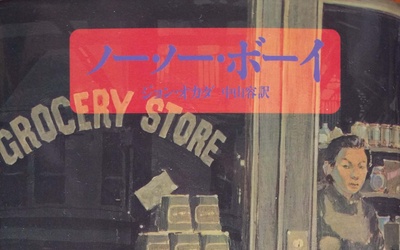
4. Publication in Japan
March 11, 2016 • Ryusuke Kawai
Translated by Yo Nakayama in 1979 The novel "No-No Boy" was republished in the United States in 1976. Three years later, in March 1979, a Japanese translation was published. The publisher was Shobunsha (Chiyoda-ku, Tokyo), a company that handles unique works such as translations of foreign literary works, and the translation was done by Nakayama Yo. The title of the translation is written as "No No Boy" and is accompanied by the introduction, "The year is 1945, and Ichiro has …
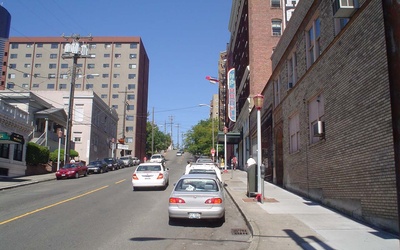
Part 3: The passion behind the reprint
Feb. 26, 2016 • Ryusuke Kawai
A symposium on "No-No Boy" will be held at the Japanese Cultural and Community Center of Washington in Seattle on March 12. Researchers will discuss the issues behind the novel, such as the meaning of the question about loyalty to the United States that was asked when Japanese Americans were placed in internment camps during World War II, and the reaction of the Japanese American community. The symposium is being held as part of a program at the University of …
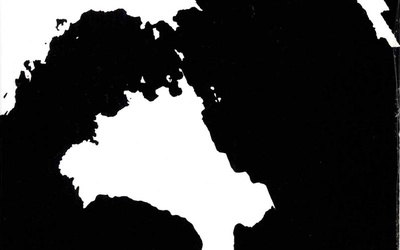
Part 2: Rediscovering "Our Literature"
Feb. 12, 2016 • Ryusuke Kawai
John Okada's novel "No-No Boy," which sharply questions issues of identity, was published in 1957 and was largely forgotten without attracting public attention. It was rediscovered in the 1970s. Before explaining this background, I would like to briefly touch on the significance of examining "No-No Boy" in light of the recent friction and problems that have arisen between immigrants, ethnic groups, and nations and cultures in the United States and around the world. Why "No-No Boy" now? In the US, …
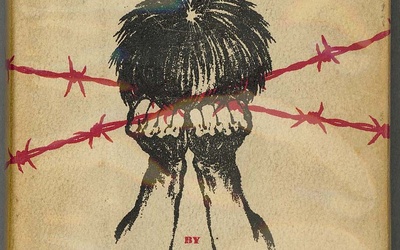
Part 1: What is "No-No Boy"?
Jan. 22, 2016 • Ryusuke Kawai
No-No Boy is a novel written by John Okada, a second-generation Japanese-American who lived in America during the Pacific War. He died in 1971 at the age of 47, and this is his only work. From the perspective of a Japanese-American who experienced the war, Okada explores a variety of themes, including identity, family, nation, race, and the individual. We will explore the world of this novel, which is still read today, and its appeal and significance. The novel "No-No …

Part 31 (final) Japanese Americans in the Southern Coastal States
Oct. 30, 2015 • Ryusuke Kawai
This series, which has been re-reading "The Centennial History of Japanese Americans," a compilation of the footsteps of first-generation immigrants to America, starting with Northern California and going almost state by state, has finally reached its final installment. The 27th chapter of the Centennial History is "The Southern Coastal States," which refers to Louisiana, Mississippi, and Alabama. Centered on the port city of New Orleans According to statistics, the Japanese population in Louisiana was 17 in 1900, rising to 31, …
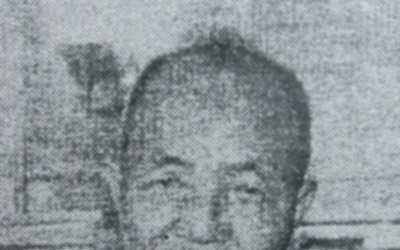
No. 30 Japanese Americans in Florida
Oct. 9, 2015 • Ryusuke Kawai
Florida, located in the southeastern part of the United States, between the Gulf of Mexico and the Atlantic Ocean and jutting out into the Caribbean Sea, is one of the states farthest from Japan, but there are surprisingly many Japanese people who have made their mark there, and the "Centennial History" introduces the state over about 10 pages. "Japanese people began immigrating to the state after the Florida East Coast Railroad was built from Jacksonville to Miami in 1896. At …
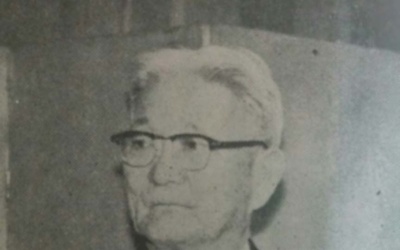
No. 29 Japanese Americans in the Southern Atlantic States
Sept. 25, 2015 • Ryusuke Kawai
The first mass migration to the East Coast? The southern Atlantic states that "The Centennial History" introduces in Chapter 25 are Georgia, North Carolina, and South Carolina. According to statistics, the Japanese population in Georgia was 1 in 1900, 9 in 1910, 32, 31, 128 in each decade thereafter, and 885 in 1960. Prior to these statistics, there is the following "legend" about the first Japanese to set foot in the state, who were "the first group of immigrants on …
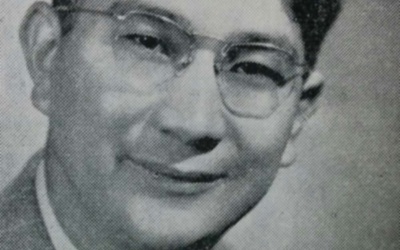
No. 28 Japanese Americans in the Mid-Atlantic States and Pennsylvania
Sept. 11, 2015 • Ryusuke Kawai
In the 23rd chapter of "Centennial History," the book summarizes the Japanese communities in the "Mid-Atlantic States," including the District of Columbia, Maryland, Delaware, Virginia, and Western Virginia. However, the focus of the book is on Japanese and Japanese-Americans in the capital, Washington, DC. There is almost no mention of Japanese-Americans in other states. The District of Columbia is Washington DC, also written as Washington-fu and in Chinese characters as Hua-fu. As far back as May 1860, Niimi Buzennokami Masaoki …


